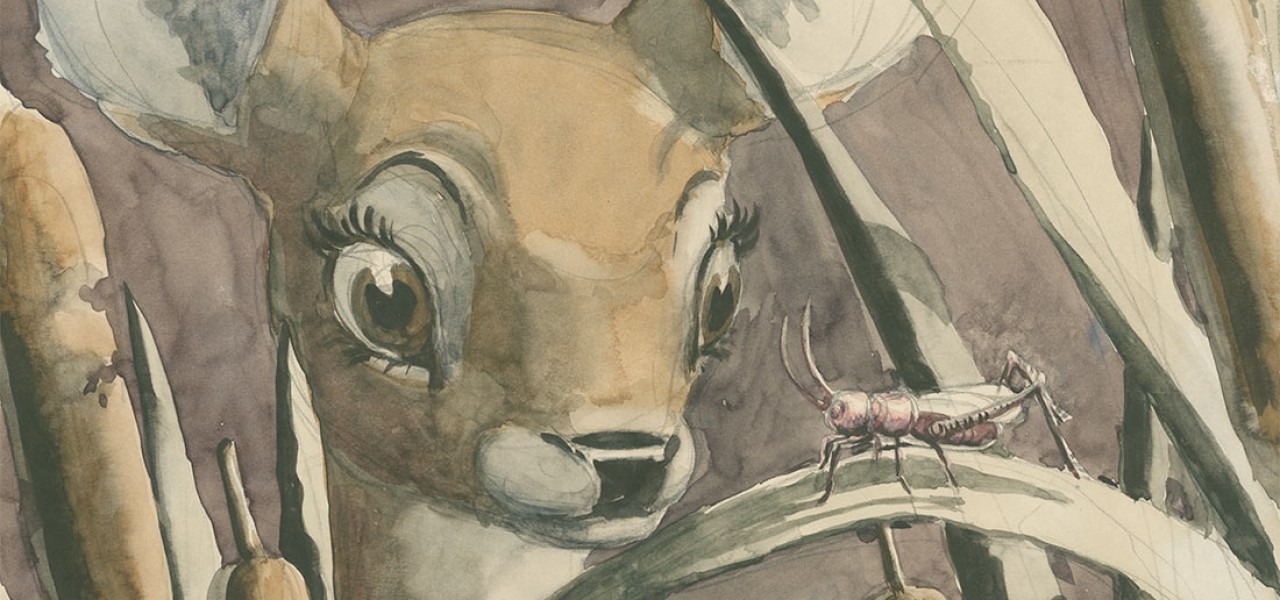
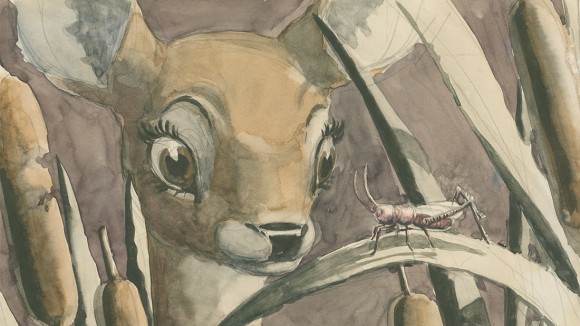
From ‘Bambi’ to ‘The Lion King,’ Disney Legend Mel Shaw Lassos a Retrospective
During his heyday, Mel Shaw was in demand, from Walt Disney to Orson Welles to Lord Mountbatten himself. But it wasn’t until this year that the well-traveled animation artist, who passed in 2012, received his own retrospective.
Starting January 13, that lapse has been amended with the Walt Disney Family Museum’s special exhibition, Mel Shaw: An Animator on Horseback, named for Shaw’s 2012 biography. Running through September 12, Shaw’s throwback is guest-curated by Beauty and the Beast and Maleficent producer Don Hahn, and showcases over 120 works from the career of an artist personally recruited by Walt Disney to work at the studio.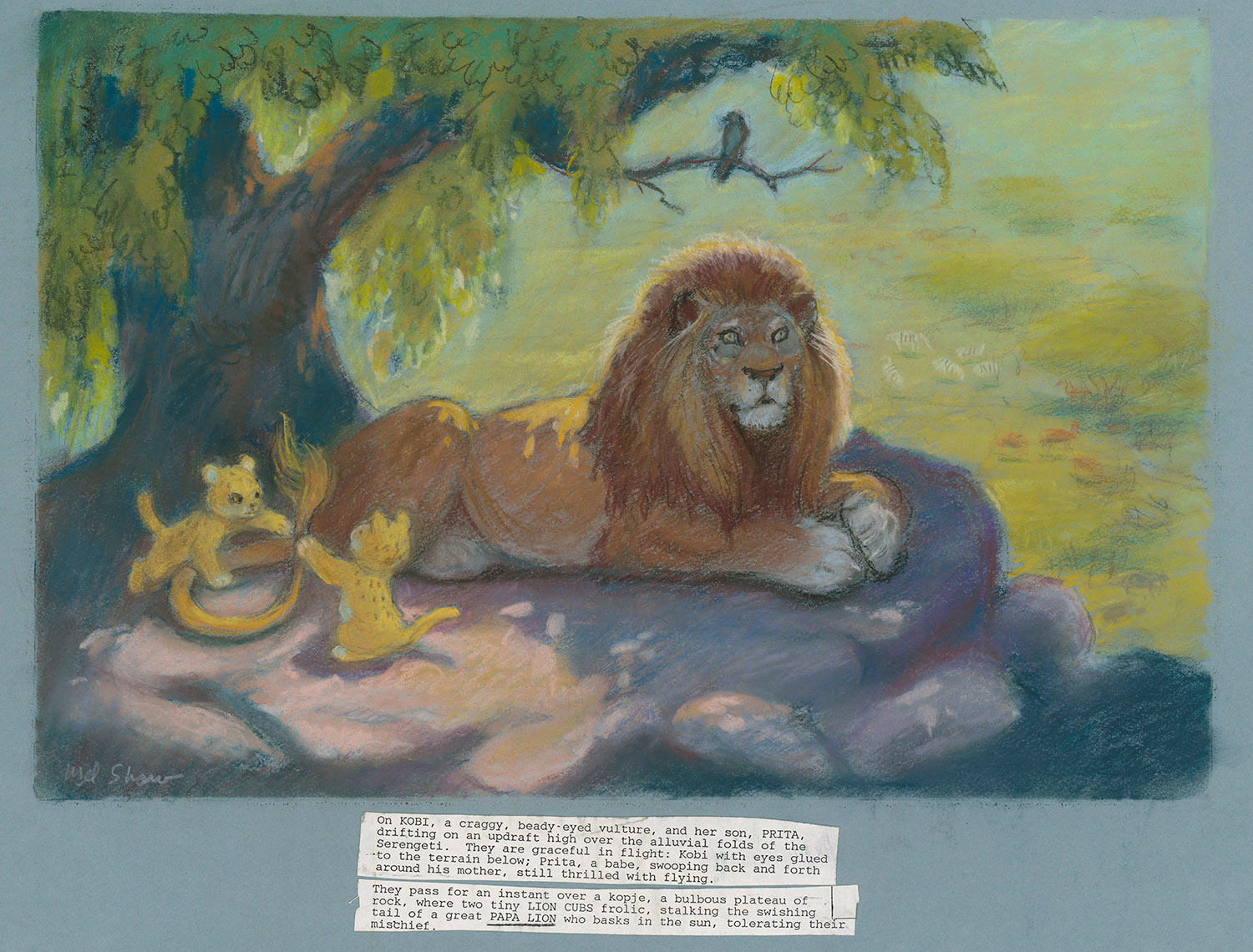
The exhibit includes storyboards and sketches from some of Disney’s most notable films, including the foundational Fantasia and Bambi, to contemporary classics like Beauty and the Beast and The Lion King, Shaw’s last for the studio. Shaw’s retrospective also features toys, paintings, sculptures, and ceramics chronicling his redesign of Howdy Doody, Bob Muir’s iconic puppet whose reign as a pop staple caught fire in the ’50s. According to the Walt Disney Family Museum, some of Mel Shaw: An Animator On Horseback’s cultural artifacts will be on view for the first time.
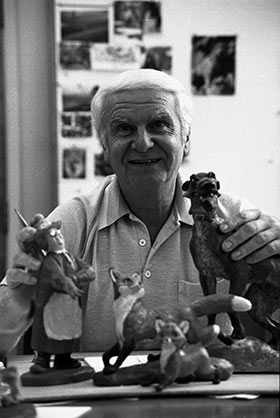
Born in 1914, Shaw’s horseplay kicked in at the Otis Art Institute, where he met legends Hugh Harman and Rudy Ising, who eventually hired the one-time runaway for Harman-Ising Studios. Orson Welles took interest in Shaw during a pitch for an animated adaptation of Antoine de Saint-Exupéry’s immortal sci-fi novella, The Little Prince, which like some of Welles’ other brilliant ideas didn’t materialize. One can’t blame Welles or Shaw for that: It took revolutions in technology and animation to (finally) bring an animated feature adaptation of The Little Prince to theaters last year. Some of Shaw’s work on that project survived, and will be part of An Animator on Horseback’s look back.
Speaking of horseback, expect pictures of Shaw’s mastery on the polo field, which is where the horseman met Walt Disney, who subsequently hired Shaw in 1937 as an artist as well as the leader of the company’s team, the Donald Ducks. Shaw’s pro skill for horses in motion also came in handy when helping create Disney classics set in animal environments, like Fantasia, Dumbo, and Bambi.
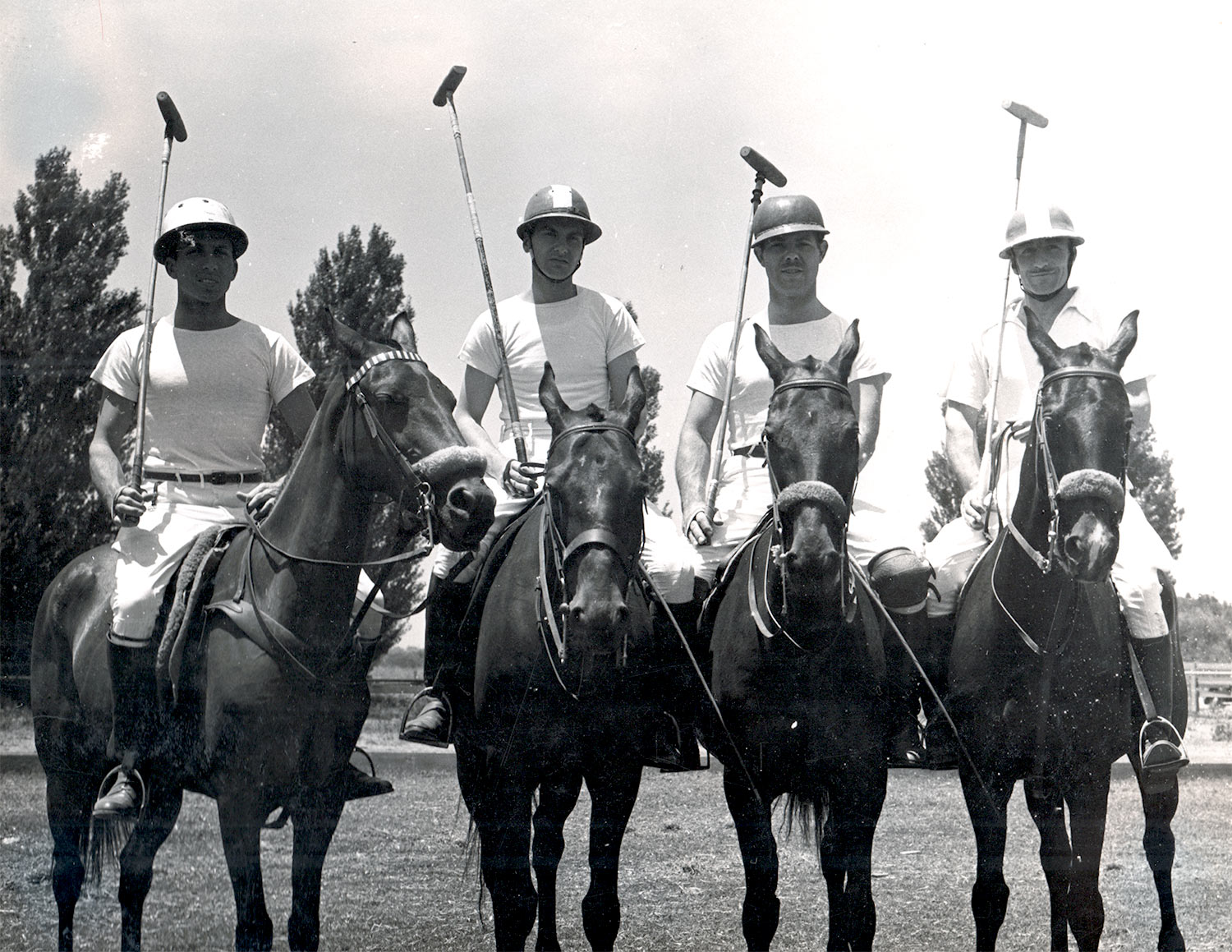
For pop and animation historians, analyzing Shaw’s pro skills when it comes to representations of race could prove more interesting. The Walt Disney Museum’s press release for An Animator on Horseback mentioned Shaw’s Uncle Remus comic strip, whose failure to get published is likely one of the best things that happened to his career. Similarly, Shaw’s controversial Chinese caricatures — created during his World War II stint in the Pacific as a cartoonist and photographer for The Stars and Stripes assigned to the British commander Mountbatten — got him sent, bags packed, back to sunny California.
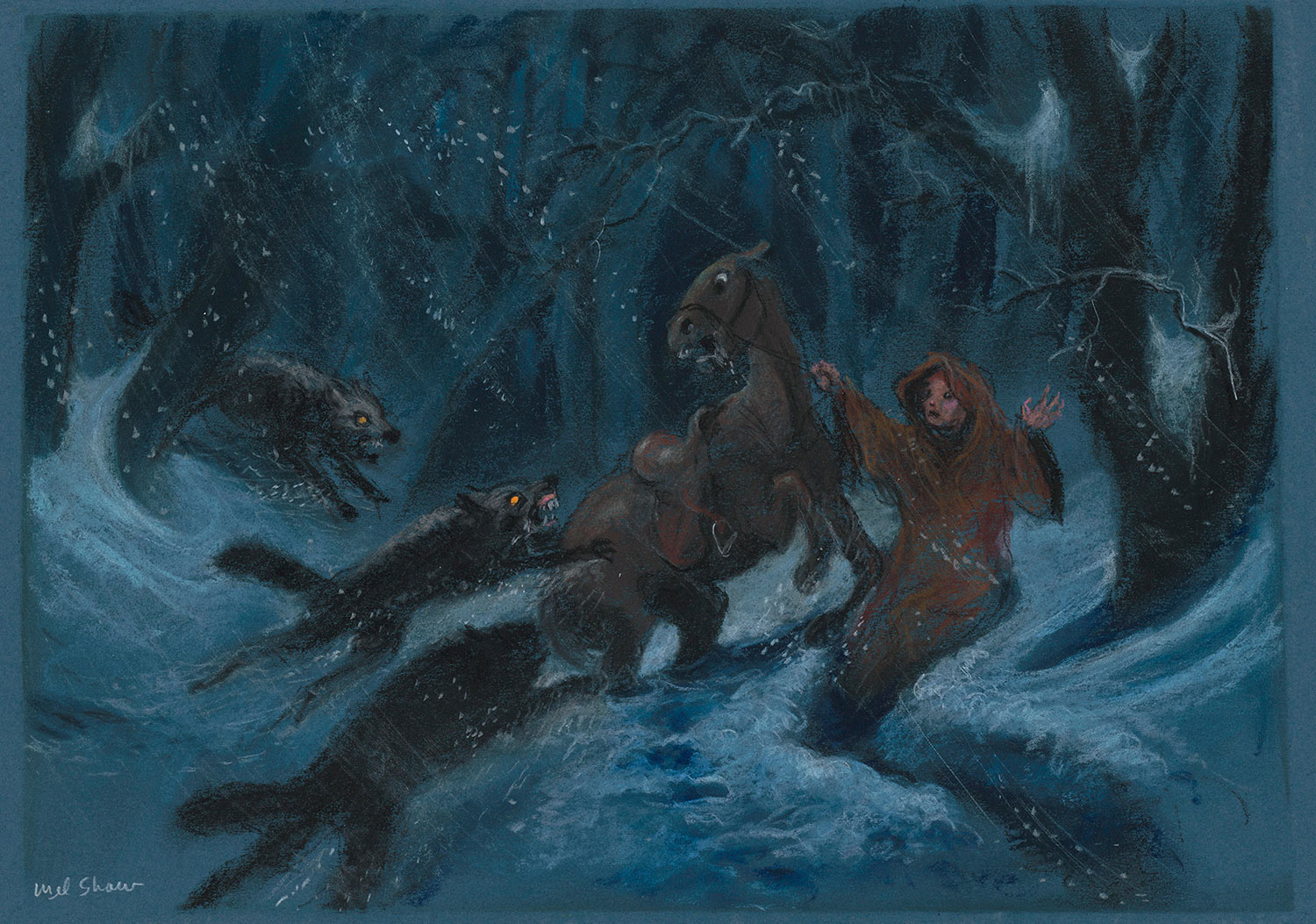
Bringing this propaganda to light, which is healthy for both popular and corporate culture, could be one of An Animator on Horseback’s more intriguing offerings. Pixar geeks may also be interested in tracing a line from Shaw’s redesign of Howdy Doody to Toy Story’s iconic Woody. Or how Shaw’s emeritus return to the Disney fold on underrated films like The Black Cauldron and The Great Mouse Detective, after 30 years away, may rival his influence on crossover blockbusters like Beauty and the Beast and The Lion King.
“Mel was on a short list of artists who would jump into a new film idea when it was still a blank slate,” explained Hahn in the Disney Museum’s press release. “And with his stunning work, he’d show us all the visual possibilities.”
See below for a preview of pieces that will be on display at the show:

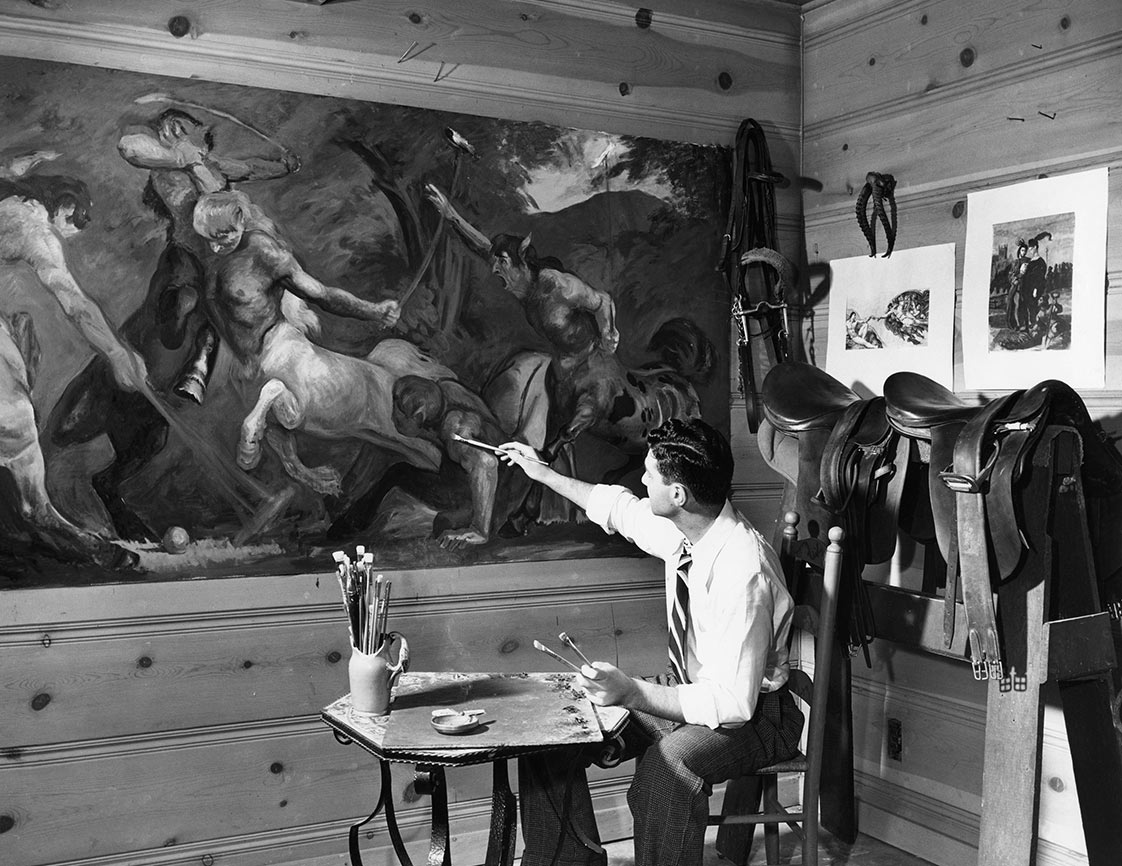
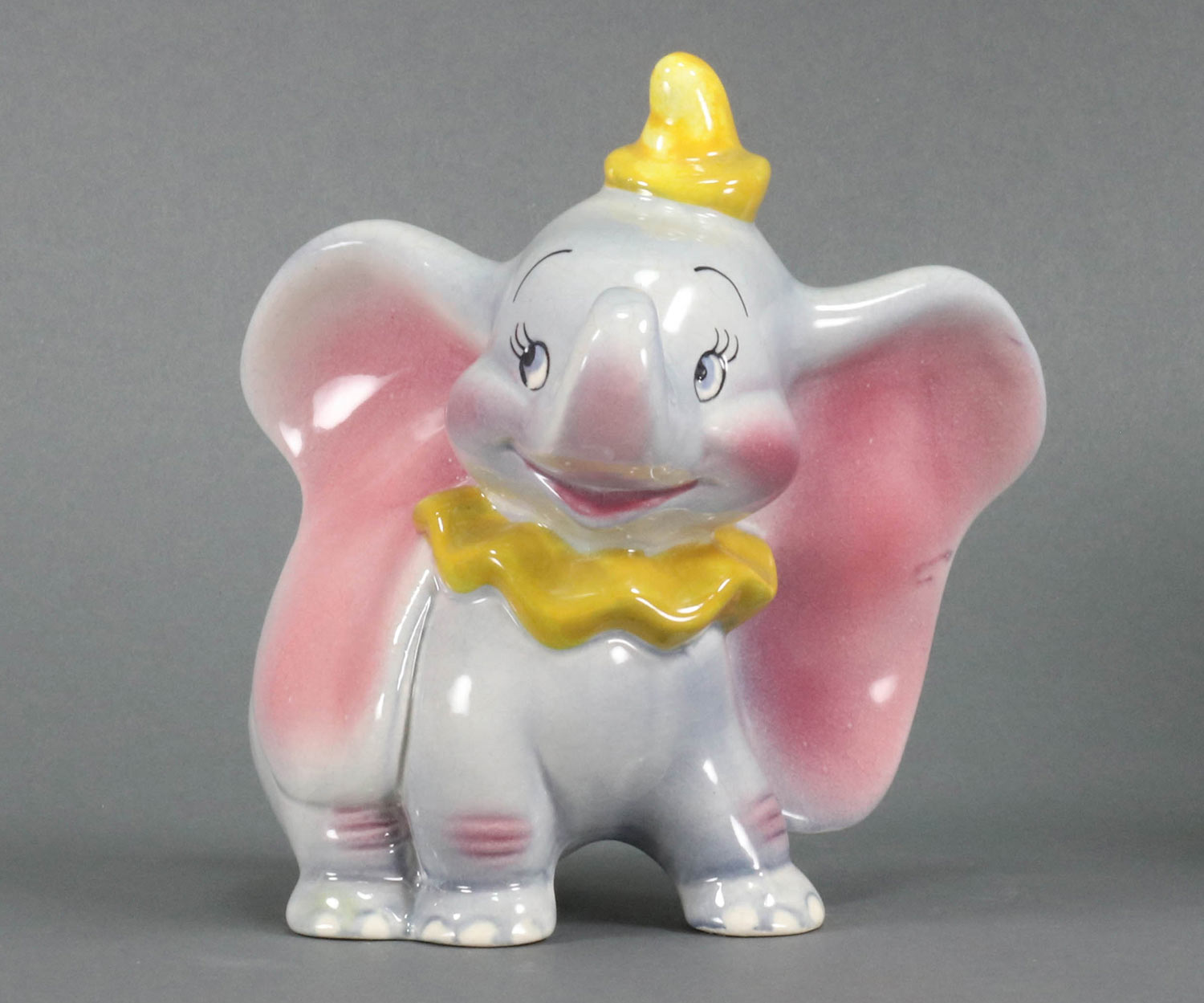
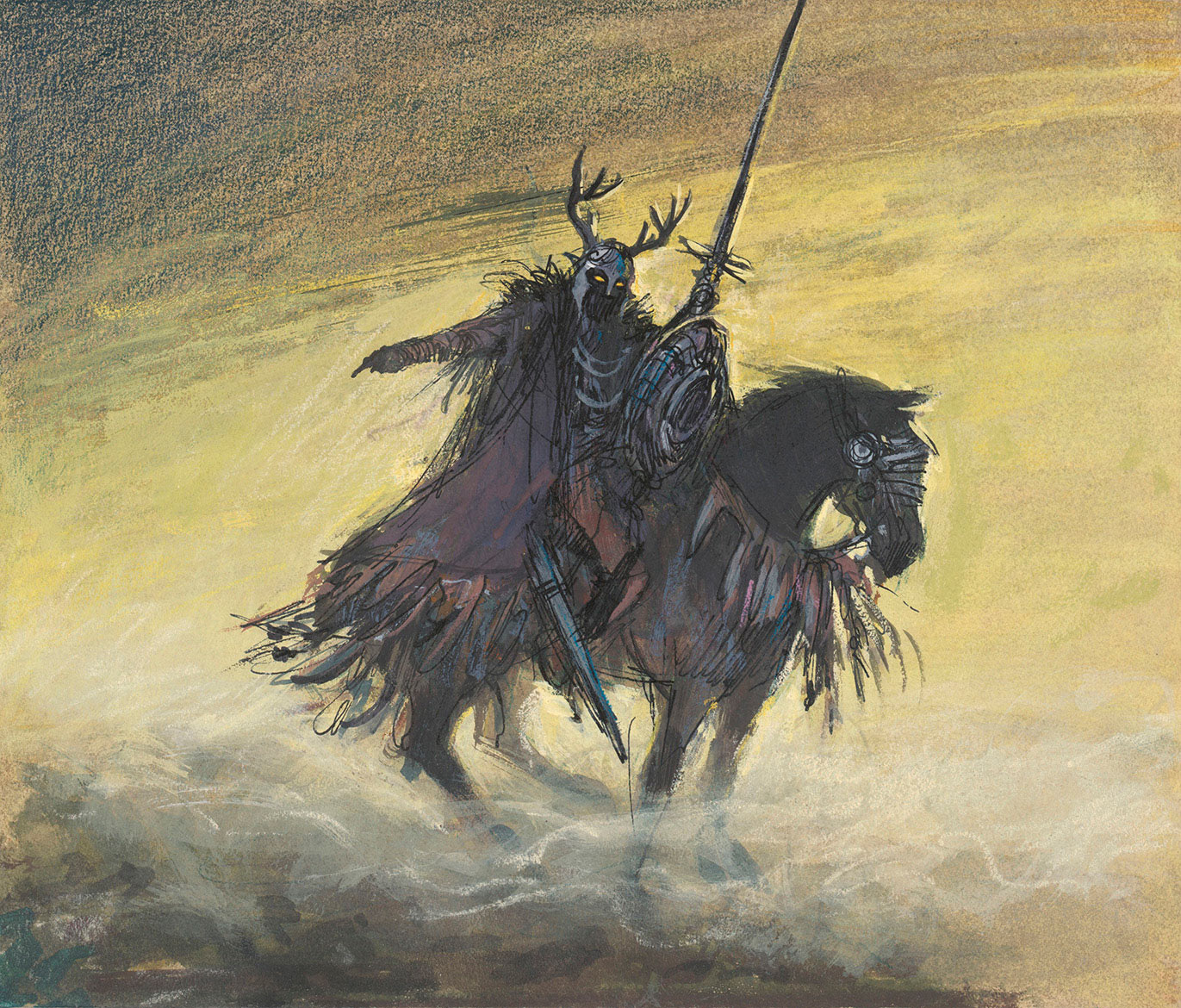
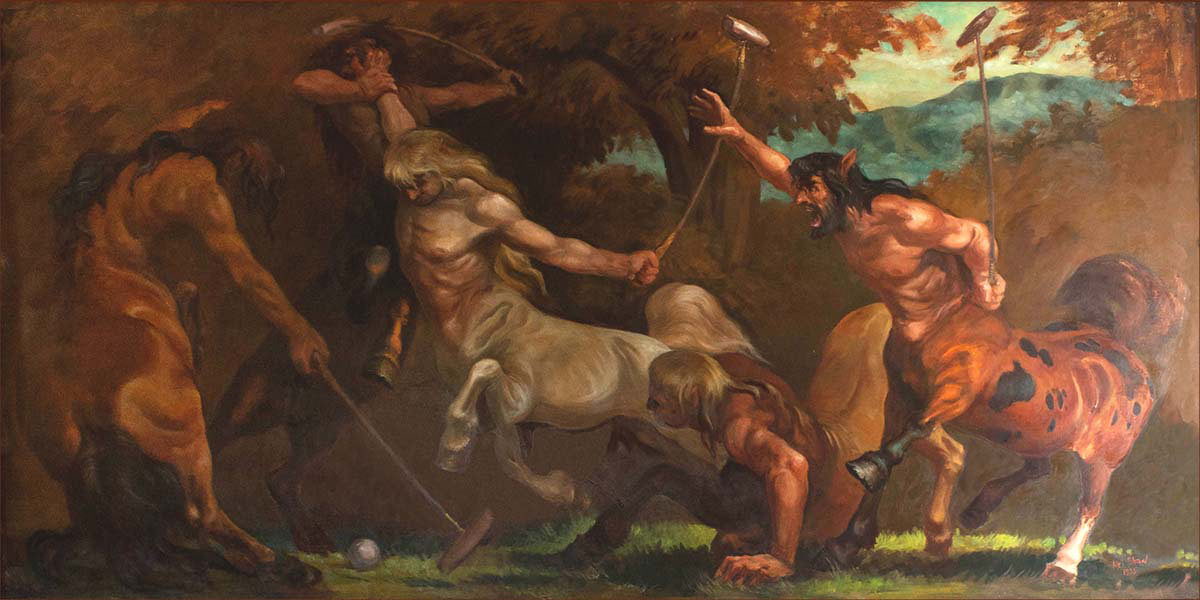
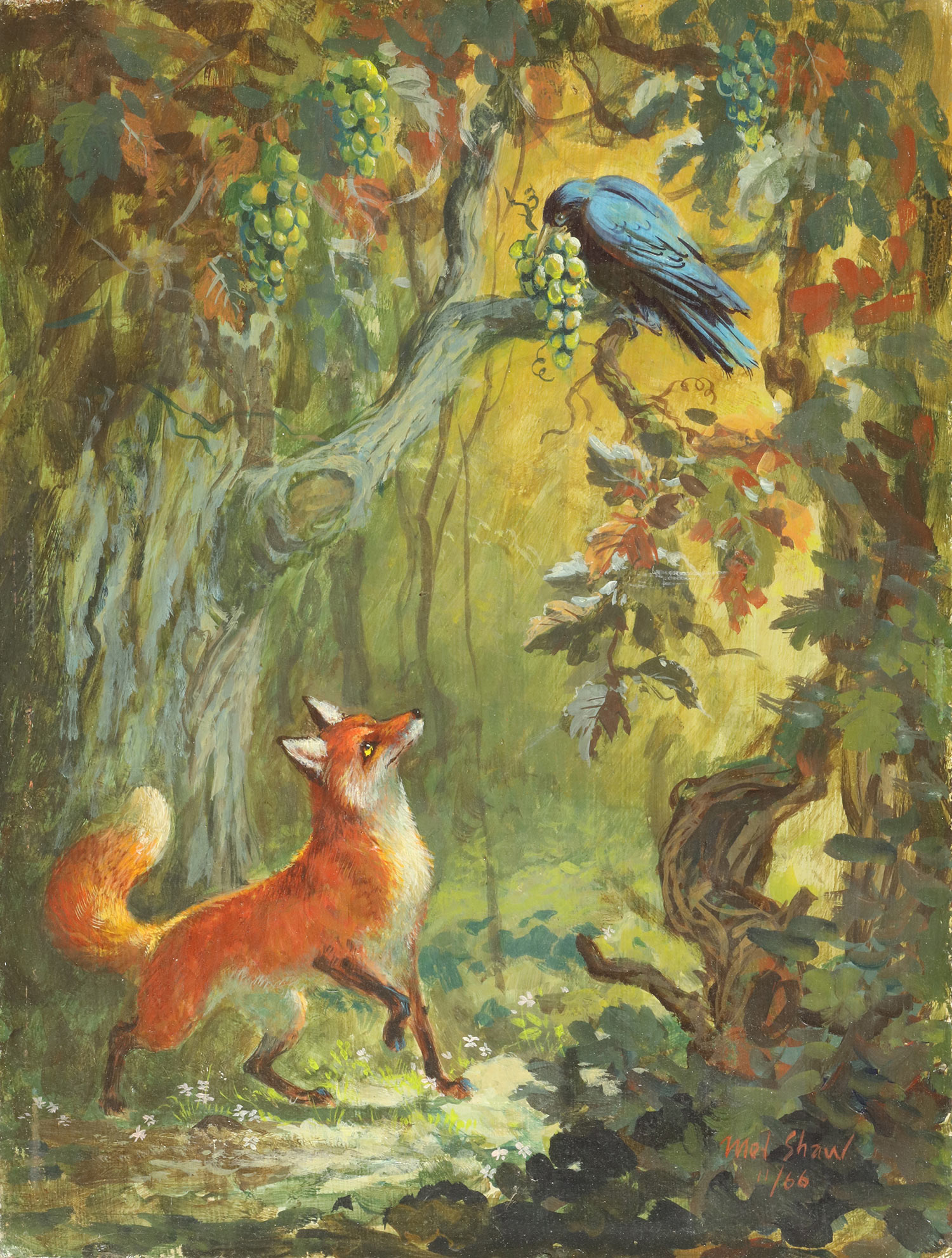
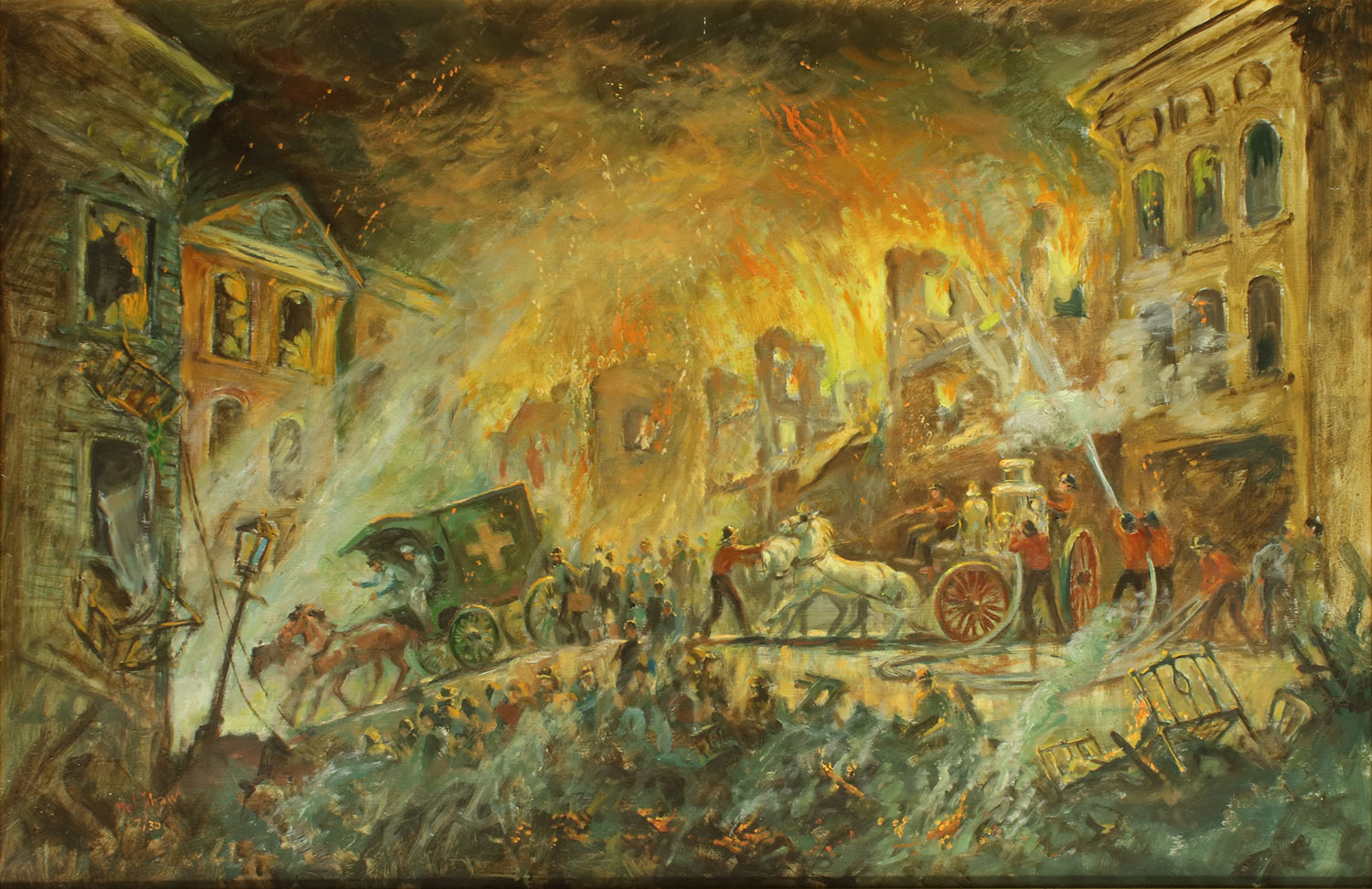
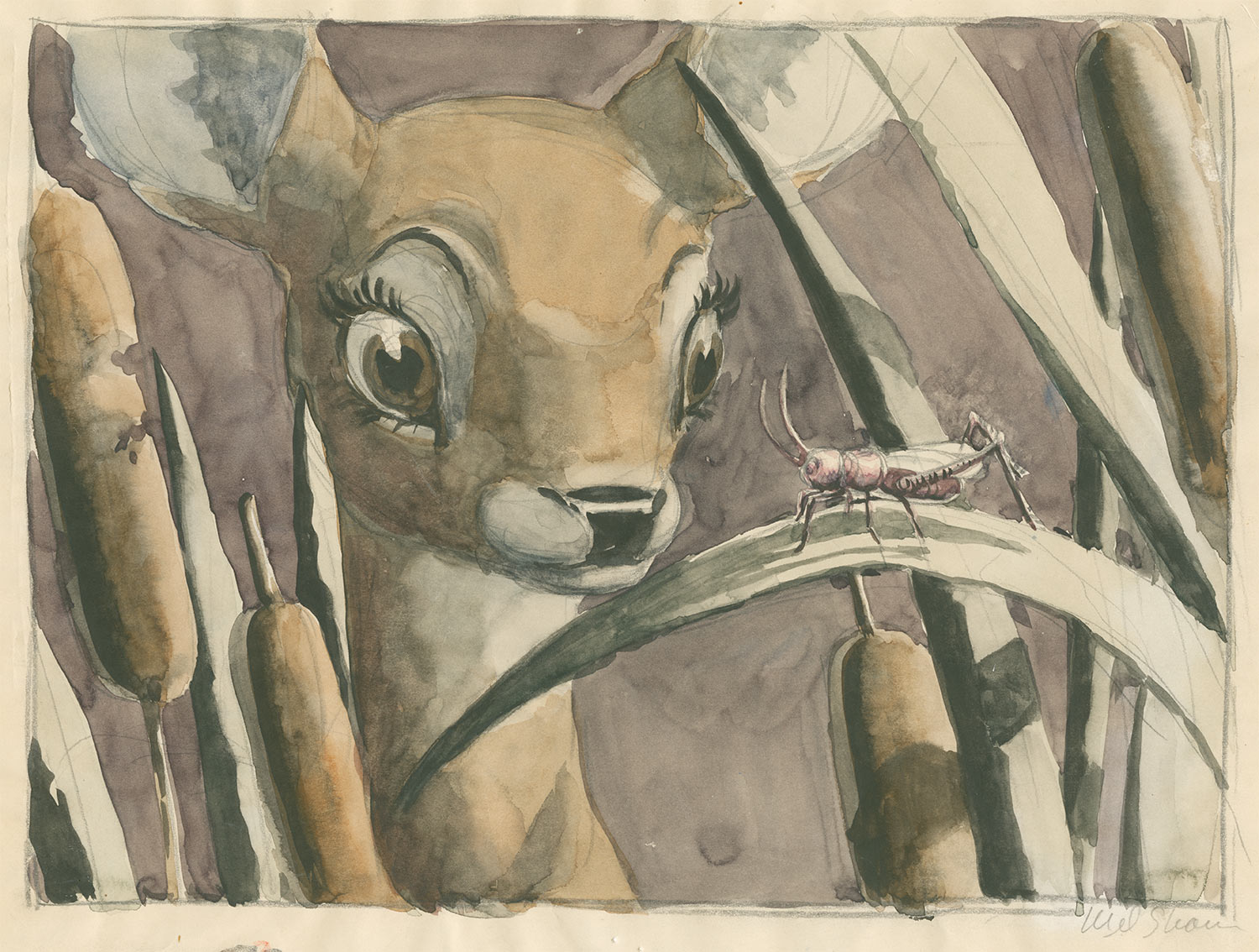

.png)